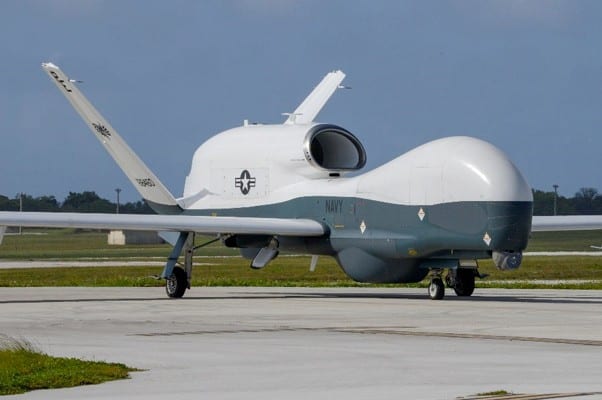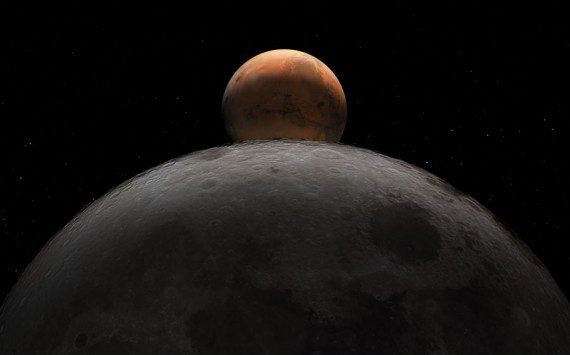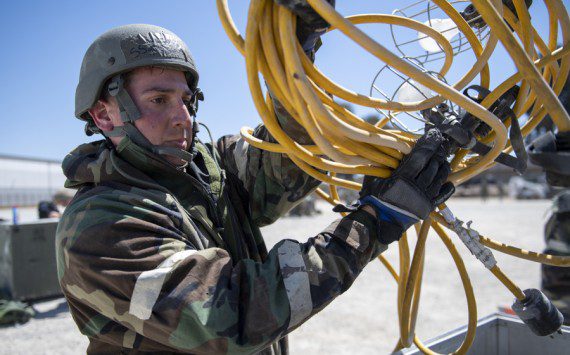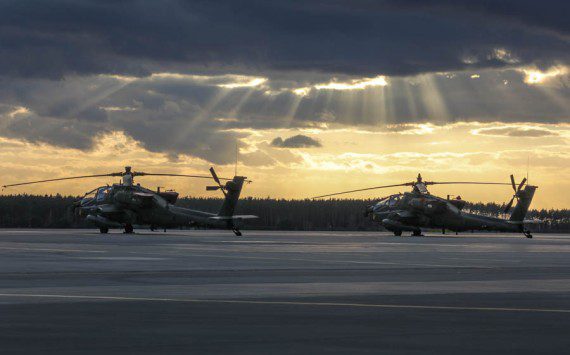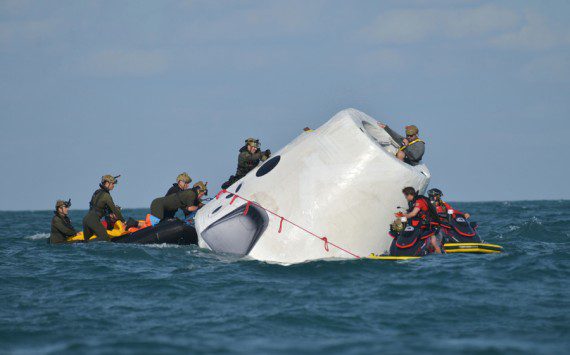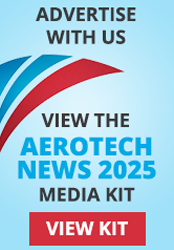Northrop Grumman has been contracted by the U.S. Navy to prototype and reduce the risk of integrating sense and avoid capabilities into the high-altitude, long-endurance MQ-4C Triton autonomous system.
This capability will allow the Triton to safely operate in shared airspace with manned aircraft.
@northropgrumman
This capability will allow the #Triton to safely operate in shared airspace with manned #aircraft.https://t.co/1hAGAYFkV5#drone #UAV #militarylife #defense #aerospace— Aerotech News and Review (@Aerotechnews86) May 12, 2021
“Sense and avoid will help ensure our customers can safely operate Triton out of almost any airfield or airport in the world, in full compliance with current and emerging aviation regulations around the globe,” said Doug Shaffer, vice president and program manager, Triton programs, Northrop Grumman. “Incorporating SAA capability will add tremendous flexibility to the Triton system and how the U.S. Navy, Royal Australian Air Force and potential future customers seamlessly integrate Triton into their concepts of operation.”
A key partner in the development of SAA is Aviation Communications & Surveillance Systems (ACSS), LLC., a joint venture of L3Harris and Thales.
“As a leader in integrated Traffic Collision Avoidance Systems and Automatic Dependent Surveillance-Broadcast systems, we are actively driving innovation in operational efficiency and airspace safety for the emerging unmanned aircraft platforms,” said Steve Alwin, ACSS president and vice president of engineering. “Our sense and avoid solutions enable active collision avoidance, empowering them to operate safely in commercial airspace.”
Northrop Grumman and ACSS have been collaborating closely with Naval Air Systems Command for more than five years in the development and evaluation of SAA technology, and have worked together to contribute to the development of SAA-related industry standards.
The MQ-4C Triton unmanned aircraft system (UAS) provides real-time intelligence, surveillance & reconnaissance over vast ocean & coastal regions. With a 360° view of its surroundings at a radius of over 2,000 nautical miles, Triton supports missions over 24 hrs. #NorthropGrumman pic.twitter.com/aJ6b4krnDO
— Northrop Grumman (@northropgrumman) December 4, 2018






